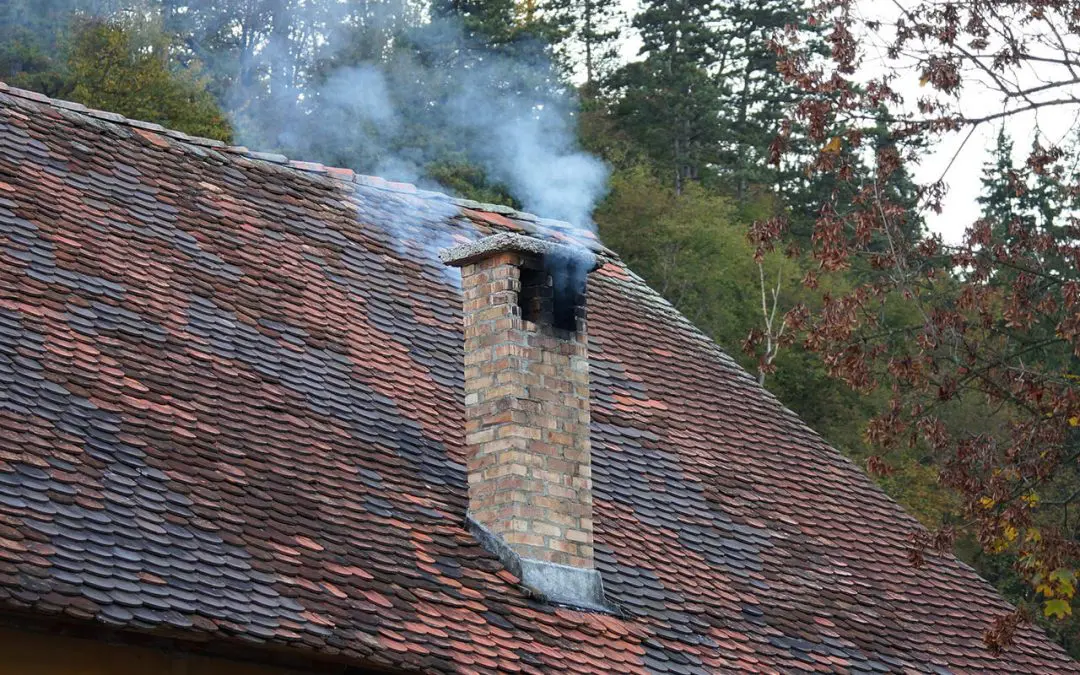Relaxing by the fireplace on cold winter days is something many homeowners look forward to each year. Be diligent about fireplace safety to keep your family and property safe. You and your family can reduce the risk of chimney fires by being proactive and maintaining the fireplace and flue.
Reduce the Risk of Chimney Fire by Keeping it Clean
Clean out soot and creosote because a clean chimney is less likely to catch fire. Creosote is a highly flammable substance that accumulates on the inside of the chimney when rising smoke condenses. Every year, hire a chimney sweep to remove the build-up before your first fire of the season.
Install a Chimney Liner
Chimney liners will help you cut back on energy bills by reducing downdrafts of chilly air that force your heating system to work harder. The liners also protect your home from fire damage by keeping the heat within the chimney and preventing it from affecting combustible materials outside. Since it aids in proper venting, the chimney liner helps limit creosote buildup, the main cause of chimney fires.
Use Dry Wood to Reduce the Risk of Chimney Fires
Use only well-seasoned hardwood as fuel for your fireplace. Seasoned hardwoods burn hotter and have a lower moisture content than softwoods like pine. Burning hardwoods reduces creosote on the inside of the chimney, lowering the risk of a chimney fire in your home.
Start a Fire Safely
When starting a fire, use small twigs and dryer lint. Burning trash, like glossy magazines, or using kerosene may be an easy way to get the fire started, but both are dangerous to burn.
Along with releasing toxic fumes, paper products and liquid accelerants flare up quickly. The flame can go up the chimney, igniting the creosote and starting a fire.
Don’t Use the Fireplace to Dispose of Trash
You might be tempted to use the fireplace to get rid of old newspapers, cardboard, and other combustible garbage, but this will put your home at risk. Burning these items will produce a lot of smoke, adding to the creosote buildup and increasing the possibility of a chimney fire.
Keep the Damper Open to Reduce the Risk of Chimney Fires
Creosote is highly flammable. You can reduce the amount of creosote in your chimney by keeping the damper open completely when enjoying a fire. The airflow from an open damper encourages the fire to burn hotter and faster. The air exiting the chimney will be hot enough that condensation of the smoke and vapors is less likely.
Install a Chimney Cap
Chimney caps keep rainwater from getting into your house. They also play a major role in reducing the risk of fire because they prevent leaves, pine needles, and animals who build nests from getting into the chimney. This debris can ignite from embers and start a chimney fire.
Robertson Home Inspection provides home inspection services to the Piedmont Triad area of North Carolina. Contact us to schedule an appointment.

